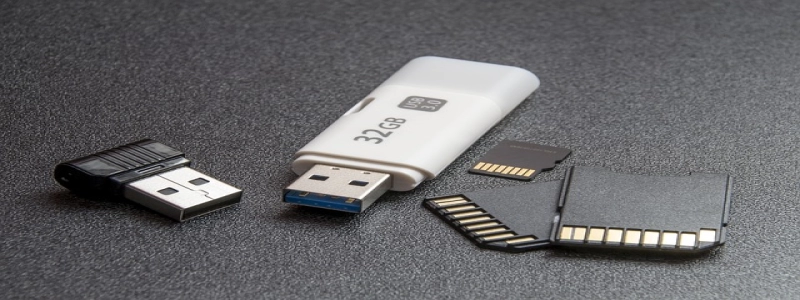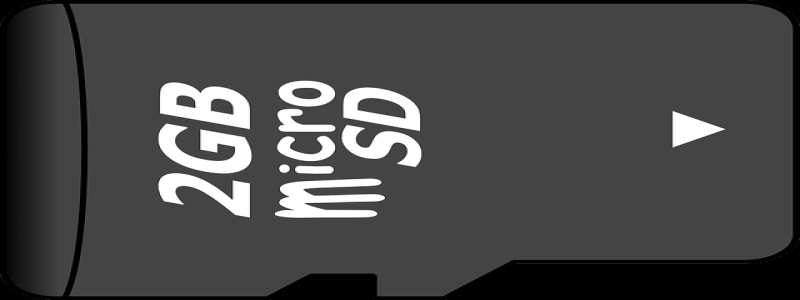Nexus Show Interface Transceiver Details
Introduction:
In this article, we will discuss the Nexus Show Interface Transceiver Details command. This command provides detailed information about the transceivers used in network interfaces on Nexus switches. By using this command, network administrators can quickly gather information about transceiver status, connectivity, and even troubleshoot any issues related to the transceivers in their network.
I. Command Syntax:
The Nexus Show Interface Transceiver Details command follows the below syntax:
show interface transceiver details
Here, refers to the network interface for which we want to retrieve transceiver details, such as Ethernet interfaces (e.g., Ethernet1/1) or Fibre Channel interfaces (e.g., fc1/1).
II. Transceiver Details:
The information provided by the Nexus Show Interface Transceiver Details command includes:
– Transceiver Identifier (ID): This ID uniquely identifies the transceiver.
– Transceiver Type: It specifies the type of transceiver used, such as SFP, QSFP, or XFP.
– Transceiver Status: This indicates the current operational status of the transceiver, whether it is inserted, connected, or faulty.
– Transceiver Temperature: The temperature at which the transceiver is operating.
– Transceiver Voltage: The voltage at which the transceiver is operating.
– Transceiver Wavelength: For optical transceivers, this parameter indicates the wavelength of the transmitted and received signals.
– Transceiver Serial Number: A unique serial number assigned to the transceiver.
– Diagnostic Monitoring: This feature allows monitoring various parameters, such as optical power, for troubleshooting and performance optimization.
– Transceiver Connector Type: It specifies the type of connector used with the transceiver, such as LC or RJ45.
III. Benefits and Use Cases:
1. Identifying Faulty Transceivers: By using the Nexus Show Interface Transceiver Details command, network administrators can quickly identify any faulty transceivers in their network. The transceiver status parameter will indicate if a transceiver is faulty, allowing administrators to replace it promptly and ensure uninterrupted network connectivity.
2. Troubleshooting Network Interfaces: Detailed information about transceivers can help troubleshoot any issues related to network interfaces. Network administrators can check the wavelength, power levels, temperature, etc., to identify any discrepancies or abnormalities that might be causing network connectivity problems.
3. Planning and Capacity Management: The command provides comprehensive details about transceivers used in a network. This information can be used for planning and capacity management purposes, helping administrators allocate appropriate resources and optimize network performance.
IV. Conclusion:
The Nexus Show Interface Transceiver Details command is a valuable tool for network administrators to gather in-depth information about transceivers used in their Nexus switches. It offers detailed insights into the transceiver status, connectivity, and other important parameters. By leveraging this command, administrators can promptly address any transceiver-related issues, optimize network performance, and ensure smooth network operations.








